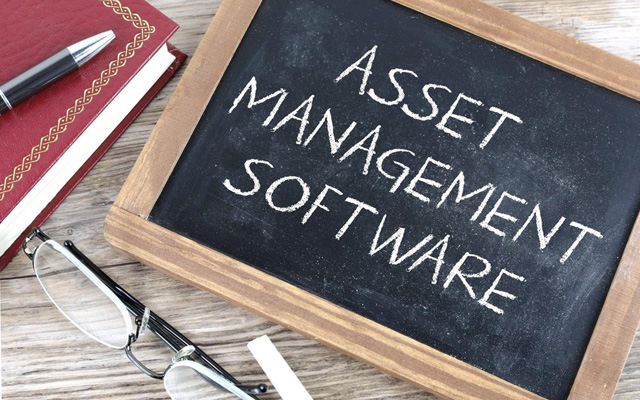
If the thought of having to track thousands of assets on spreadsheets is keeping you up at night, asset management software will feel like a dream come true. That’s likely why statistics have revealed that the global market for fixed asset management software has been forecasted to grow by 2.2 billion dollars between 2019 and 2024. The system will allow your business to track critical details about every asset in real-time to lower administrative costs, improve service, and provide more visibility into the utilization of assets, maintenance, and costs.
Asset management software that’s web-based provides many other functions, too, from vendor and supplier performance tracking and evaluation of vendor performance to supplier portfolio optimization.
Taking a more in-depth look, these are four of the key benefits of investing in this software.
Saving Time and Money
Organizations that successfully execute asset management software can reap significant savings in just the first year. It helps to automate various asset management processes. For example if you use QR inventory or RFID tags that can be scanned automatically, employees won’t have to spend hours tagging assets manually. Instead, they’ll be able to direct their efforts to more productive tasks. The software can also help identify and correct duplication and other errors before they become major issues.
Better Regulatory Compliance
There’s a unique set of regulatory compliance that’s mandatory to follow in every industry. Organizations must fulfill these requirements or face very stiff penalties. In some cases, particularly among heavily regulated industries, the regulatory agencies can even revoke a business license. That makes capturing and reporting data efficiently a must to prevent being on the wrong side of the law. This type of software was specifically designed to capture, process, and share information that pertains to asset testing, calibration, and maintenance, making detailed compliance reports easy to put together for just about any asset management team.

Improved Decision Making and Accountability
Asset tracking software can generate various reports that asset managers can take advantage of for improved decision making. They’ll be able to identify assets that are coming close to the end of their service life and more easily plan to phase out assets and replace them, helping to lower the associated costs as well as any downtime. Plus, asset managers can view asset status and make important asset management decisions no matter where they are, even when working remotely.
In the past, companies used manual systems to track the movement of assets, but they were prone to errors and had loopholes that could be exploited by the dishonest to either misuse or steal assets. Organizations often experienced major financial setbacks because of misplaced assets, but web-based, advanced asset management software allows for real-time tracking of assets, making it easy to see who is currently using a particular asset and those who’ve used it in the past. This helps to improve accountability and help a business avoid losses.
Assistance with Asset Audits
Audits can be overwhelming, with both internal and external audits putting a significant amount of strain on any business. There’s a lot of pressure as audit teams can’t miss even the smallest of details, but an asset management software can provide breathing room for an audit team, assisting in tasks like identifying current and potential ghost licenses and assets as well as tracking the usage of assets. The information provided can lower costs, too, such as eliminating ghost assets, which can avoid having to pay maintenance fees and taxes.

Comments are closed.